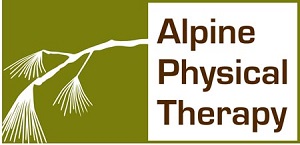

Laser Questions and Answers
Low-Level Laser Therapy restores health by removing the underlying causes of ill-health by decreasing inflammation, increasing oxygen and blood flow, promoting muscle calcium uptake, and increasing neurotransmitter release.
Laser light passes through the skin and stimulates the cells energy production center, called the mitochondria, creating more energy, better cell communication, improved tissue growth, enhanced cell nutrition, and extended cell life.
Low-Level laser light increases cell energy by stimulating the cell energy center, the mitochondria, to generate energy the nerves use to strengthen the muscles.
Low-Level lasers emit 45 billion light particles, called photons, every second, and, even though clothing restricts laser light from reaching the skin to some degree enough photons pass through the clothing to create a therapeutic effect.
You won't feel the low-level laser light because it doesn't create heat or vibrate the tissue because of its low power. After low-level laser treatments people often experience less pain, more strength and better joint movement.
Low-Level Laser light stimulates cell receptors to increase cell energy production and anytime one cell is stimulated to create energy many other cells will also be stimulated to produce more energy.
Additional benefits of low level laser therapy include increased protein production, healthy cell growth, wound healing, circulation, tissue regeneration and immunity.
In 1998 the Erchonia Corporation designed the first line-generated "laser light" source that enables doctors to treat over a larger surface area. Although this innovative approach to care is highly effective the science of how it works is relatively new and presently not taught within a majority of health care institutions.
A laser pointer, though an actual laser with perhaps the correct wave length, doesn't have enough energy to create a therapeutic effect.
Laser light doesn't need to penetrate to the injury site to restore health as once the laser light stimulates the original receptors the receptors stimulate non-lasered cells triggering healing responses at the injury site.
Clinical studies show that positive laser results can be immediate and last many weeks or more but like many therapies laser may require several treatments to effectively resolve the underlining causes of pain and loss of function.
Immediately after a new injury to speed healing by preventing muscle weakness, restoring joint and stopping further injury. Low-level laser should also be used with chronic injuries to reduce pain, improve muscle strength, and increase joint movement.
Fastest healing occurs when both the point of pain and nerves associated with the point of pain are treated simultaneously.
Although the literature supports that one treatment of low-level laser therapy can generate a significant improvement in pain, strength, and joint movement long-term pain relief often requires multiple treatments.